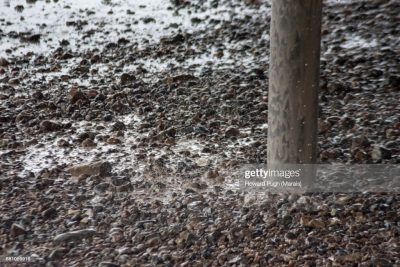Dealing With Radon Mitigation
Radon mitigation is basically any method utilized to lower radon concentrations in the living breathing zones of houses, or radon in water sources. Radon is an important contributor to indoor air pollution. Radon enters homes through the home’s pipes, radiators and the like. Radon gas is highly dangerous. It accumulates over time and can build up to very high levels in areas prone to internal flooding, such as basements.

How does radon mitigation help in reducing indoor humidity? By controlling the amount of heat that enters your home. The more duct work and heating that take place in a home, the more heat escapes through cracks in the foundation and walls. The more heat that escapes, the less comfortable your living environment becomes. The more you feel warm, the less you will use air conditioning and the like. With a properly functioning air conditioner, you can cut down on your energy bill and stay cool on those sweltering summer days.
The first step to reducing radon mitigation is to get a professional inspection done by a trained radon mitigation specialist. During this inspection, the specialist will be able to determine the exact source of radon in your home. Knowing where radon is coming from can prevent expensive and harmful leaks that might not be detected otherwise.
The second step for radon mitigation is to make sure that you have functioning air conditioners and exhaust fans in your home. Most older homes and commercial buildings do not have working air conditioners or exhaust fans. These are the two most important things to check while doing a check. These items are often overlooked when it comes to radon mitigation. Properly working cooling and exhaust fans ensure that your home keeps an optimal temperature so that you do not become too hot or too cold during certain seasons of the year. This also keeps the outside air from getting in and condensing to form radon.
The third step is sealing any cracks or holes that might exist around your home or building. This is especially important in older buildings where doors and windows are sealant is not used. If there is an existing ventilation or exhaust fan, it is a good idea to replace it with one that is modern and equipped with better suction and exhaust system. Newer models of both ventilation and exhaust fans have features that allow for better sealant and exhaust system performance.
The last, but not least important step to take is sealing and repairing damaged soil suction, air handling and exhaust ducts. If a soil suction duct is showing signs of leaking or damage, contacting a radon mitigation specialist is the best option. This contractor has experience in installing a basement dehumidifier, a system that will effectively remove excess moisture and carbon dioxide from the air in your basement while removing any odors and gases that may be present.